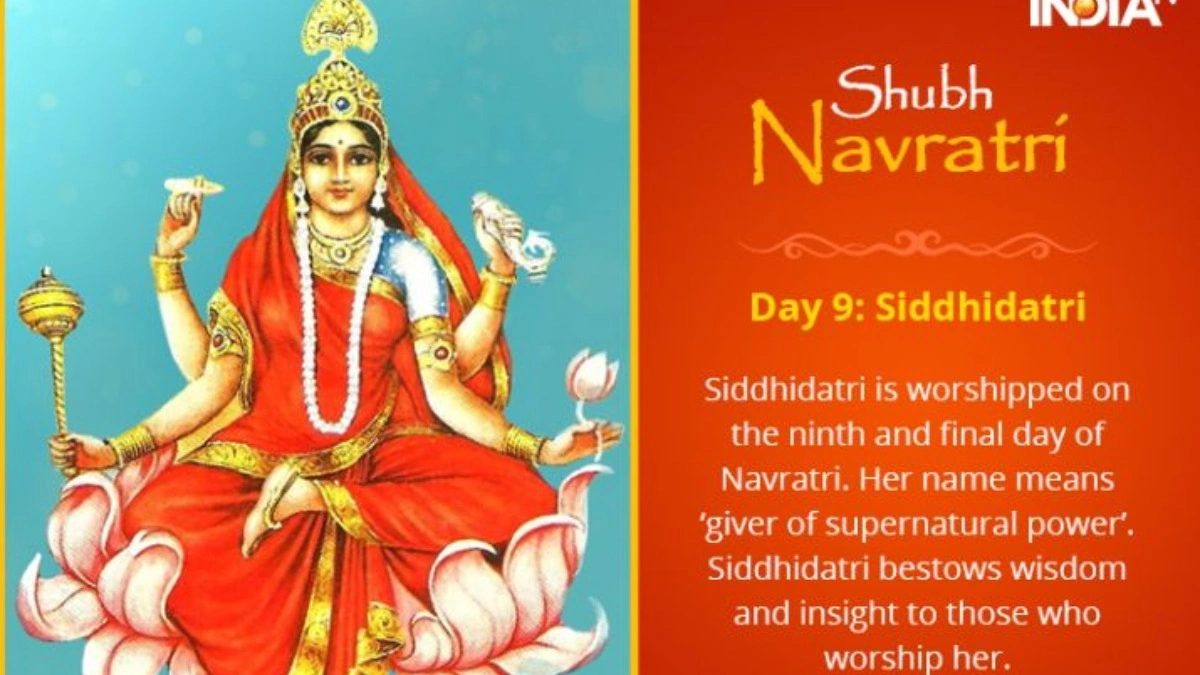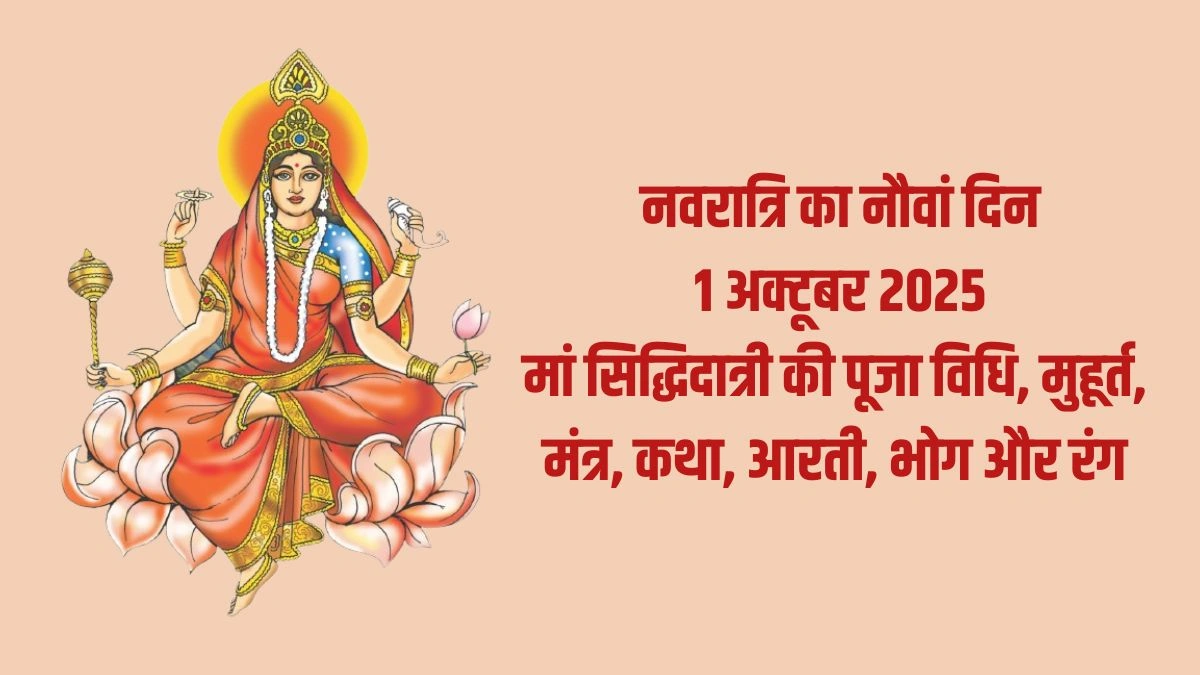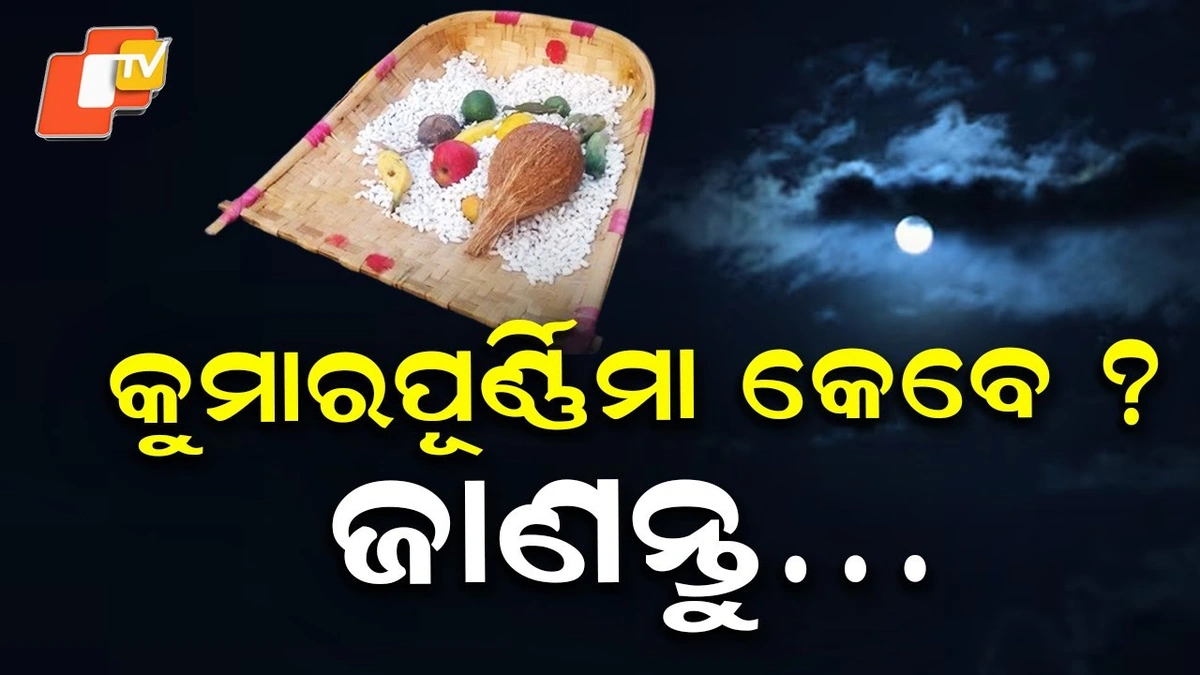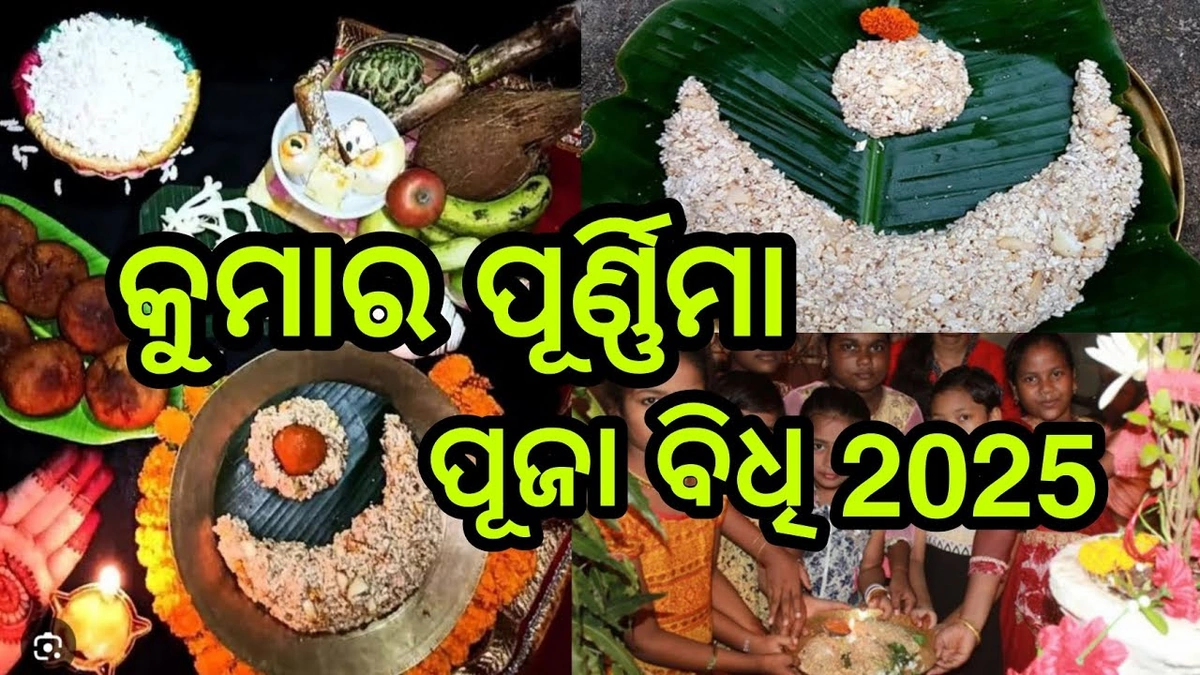Navratri’s 9th Day | More Than Just a Ritual – Here’s What It Really Means
Navratri. Nine nights of vibrant colours, pulsating music, and the aroma of delicious food wafting through the air. But let’s be honest, it’s easy to get caught up in the external festivities and miss the deeper significance, especially on the ninth day of Navratri . So, what’s so special about this final day, and why should you care? That’s what we’re diving into today.
Maha Navami | Why This Day Resonates So Deeply

Here’s the thing: Maha Navami isn’t just the closing act of Navratri; it’s a culmination. It’s a day steeped in symbolism, marking the victory of good over evil. We celebrate the power of Goddess Durga in her complete form and her triumph over the demon Mahishasura. But, what fascinates me is, it is much more than that, a celebration of feminine strength and the cyclical nature of life, death, and rebirth. The Maha Navami puja is considered one of the most auspicious rituals. It is believed that the energy of the Goddess is at its peak on this day, making it an ideal time for seeking blessings and inner strength.
Now, you might be thinking, “Okay, that’s interesting, but how does this affect me?” Well, consider this: in our daily lives, we often face internal battles – doubts, fears, and negative tendencies that hold us back. Maha Navami serves as a reminder that we, too, have the power to overcome these inner demons. It’s a call to recognize and cultivate our inner strength, courage, and resilience.
Kanya Puja | Honoring the Divine Feminine
One of the most beautiful and unique traditions associated with the 9th day of Navratri is Kanya Puja . Young girls, typically between the ages of two and ten, are revered as manifestations of the Goddess. They are welcomed into homes, their feet are washed, and they are offered food, gifts, and prayers. It’s a profound act of respect and recognition of the divine feminine principle that resides within every woman and girl. It’s a symbolic gesture that honours the purity, innocence, and potential that young girls represent. The ritual signifies the importance of nurturing and empowering the feminine energy, which is vital for balance and harmony in the world.
But – here’s the critical part – Kanya Puja is not just a religious ritual. It’s a social statement. It underscores the importance of valuing and protecting girls in a society where they often face discrimination and inequality. It’s a reminder that true progress requires recognizing and celebrating the inherent worth and dignity of every girl child. This practice holds special importance in regions where female infanticide was rampant, as highlighted in articles like Ekadashi , showcasing the need for respect and acknowledgement of women’s power.
Siddhi Dayini | The Giver of Accomplishments
The 9th day is associated with Goddess Siddhidatri , the ninth form of Durga. Siddhi means “accomplishment” or “perfection,” and Datri means “giver.” Thus, Siddhidatri is the Goddess who bestows accomplishments and fulfills desires. She represents the ultimate attainment of spiritual knowledge and liberation. What fascinates me about Siddhidatri is not just the idea that she grants material success but also the implication that she enables us to achieve our higher purpose. She empowers us to tap into our potential and manifest our dreams, whatever they may be.
So, when you are making your offering on this day, are you aiming only for material success? Or are you aiming for self-actualisation and spiritual enlightenment? This is the question to contemplate.
Ayudha Puja | A Tribute to Tools and Instruments
While Kanya Puja and devotion to Siddhidatri are central to Navratri’s 9th day, many communities also observe Ayudha Puja – a unique tradition of worshipping tools, instruments, and vehicles. This ritual isn’t about idolizing inanimate objects; it’s about acknowledging the role they play in our lives and expressing gratitude for the work they enable us to do. From a farmer’s plough to a software engineer’s computer, every tool that helps us create, build, and sustain our livelihoods is honored on this day.
Ayudha Puja serves as a reminder of the dignity of labor and the importance of skill. It encourages us to use our tools responsibly and ethically, recognizing that they are instruments of creation and progress. It also fosters a sense of respect for the material world, reminding us to value and maintain the resources that support our lives. You will find the celebrations of independence day in India Independence Day Photo , with people honoring their work through tools.
What Maha Navami Teaches Us
Navratri’s 9th day is far more than a religious observance; it’s a powerful reminder of the strength, resilience, and potential that resides within us all. As we approach this auspicious day, let’s take a moment to reflect on the deeper meaning behind the rituals. Let’s honour the divine feminine, celebrate the tools of our trade, and strive to overcome our inner demons. Let’s not just celebrate the end of Navratri, but the beginning of a more empowered and purposeful life.
FAQ About Navratri’s 9th Day
What is the significance of wearing specific colours on Maha Navami?
While there aren’t rigid rules, many devotees prefer wearing shades of grey, representing strength and humility, on the 9th day of Navratri.
What are some traditional foods prepared on Maha Navami?
Kheer (rice pudding), puri (fried bread), and chole (chickpea curry) are common dishes prepared and offered during Kanya Puja and Maha Navami feasts.
What if I can’t perform Kanya Puja at home?
You can participate in community Kanya Puja events organized by temples and other organizations. The essence is to show respect and reverence for young girls.
What if I missed the Navratri fasting? Can I still participate on the 9th day?
Absolutely! While fasting is a common practice, you can still participate in the puja, offer prayers, and engage in acts of kindness and charity on the 9th day.
Where can I learn more about Goddess Siddhidatri?
Numerous online resources, religious texts, and spiritual teachers can provide deeper insights into the significance and symbolism of Goddess Siddhidatri. Additionally, checking reputable sites such as Wikipedia can provide a starting point for research.













